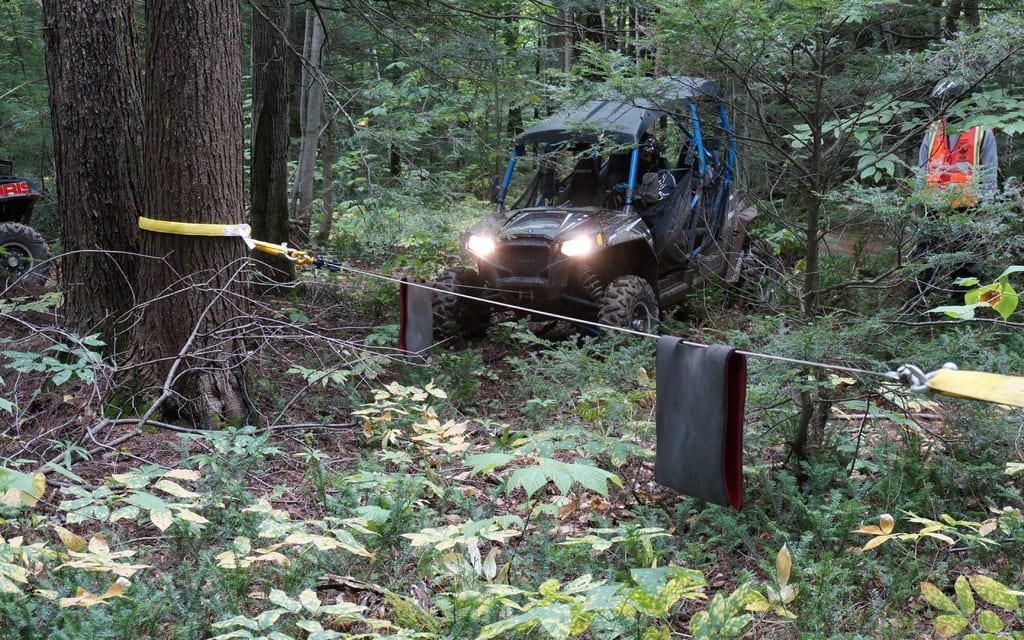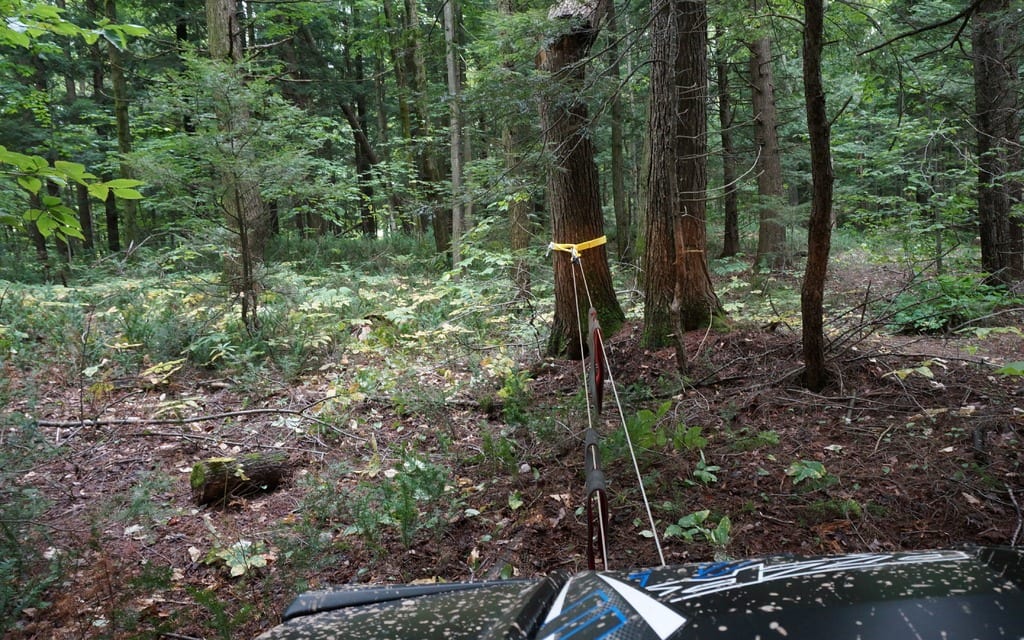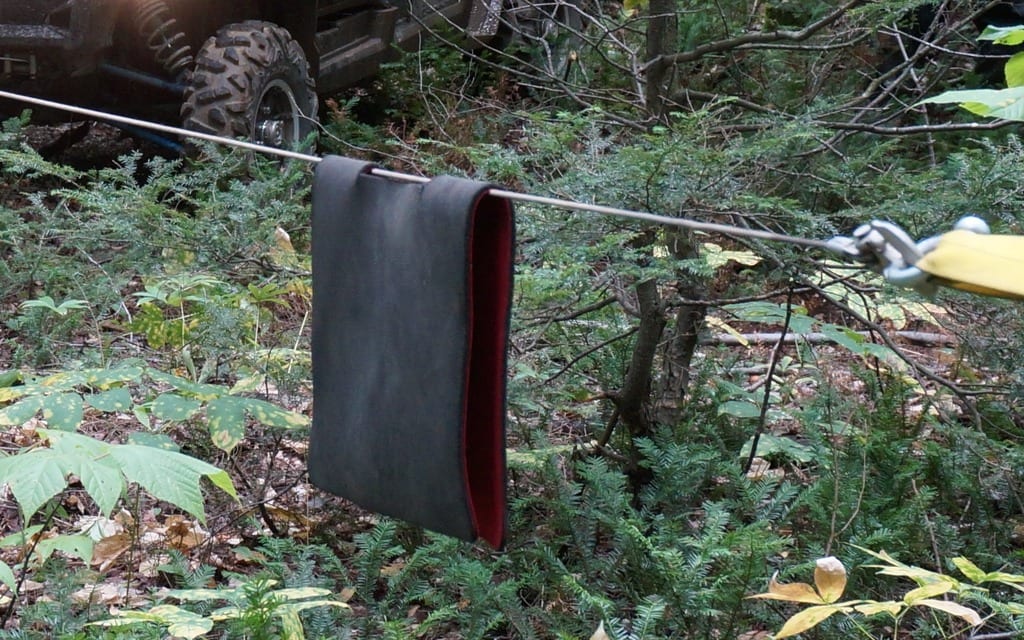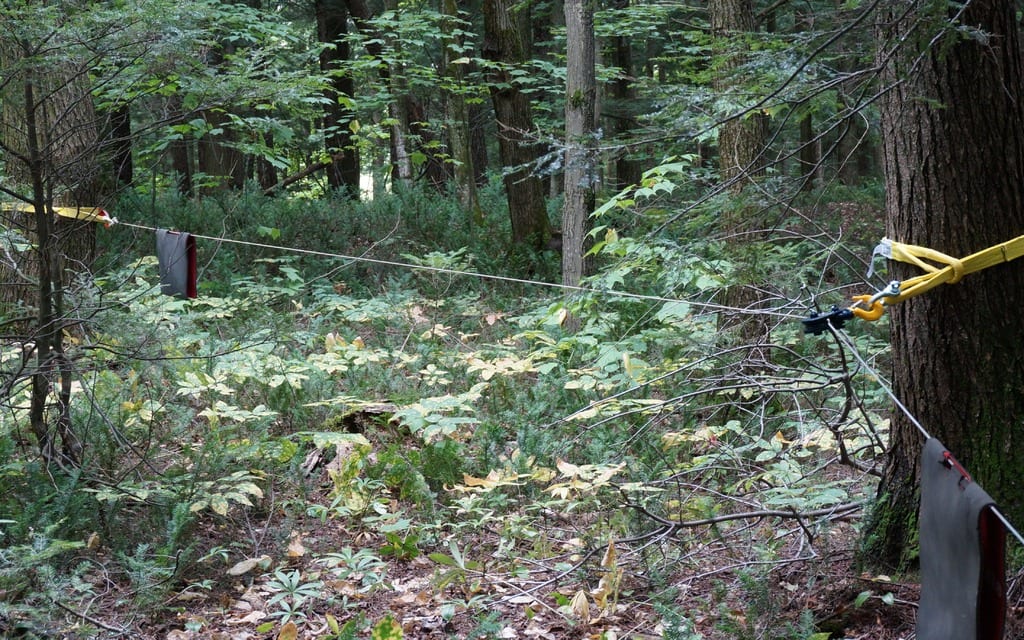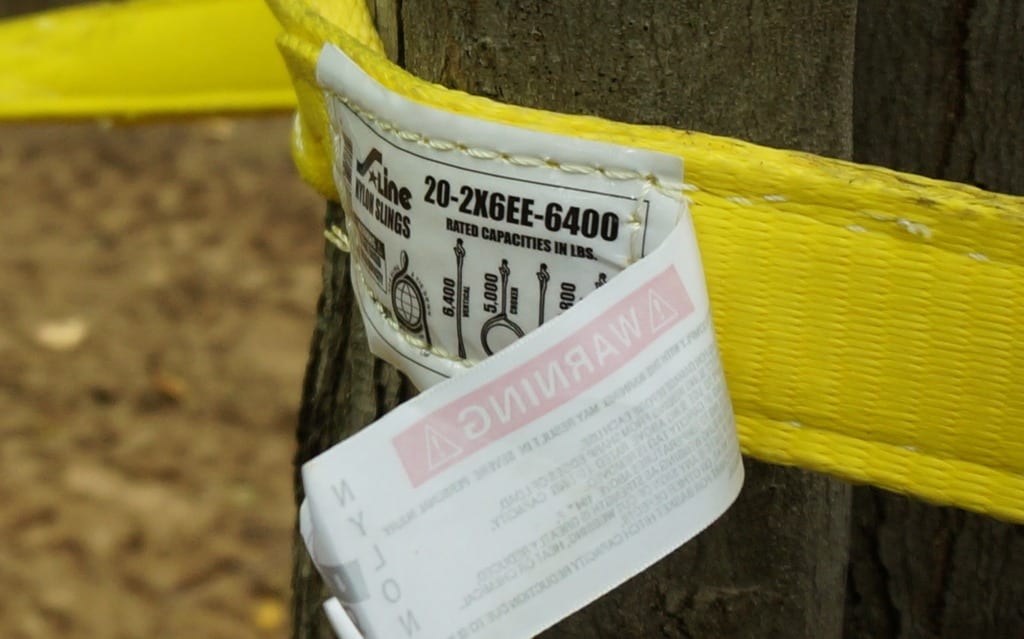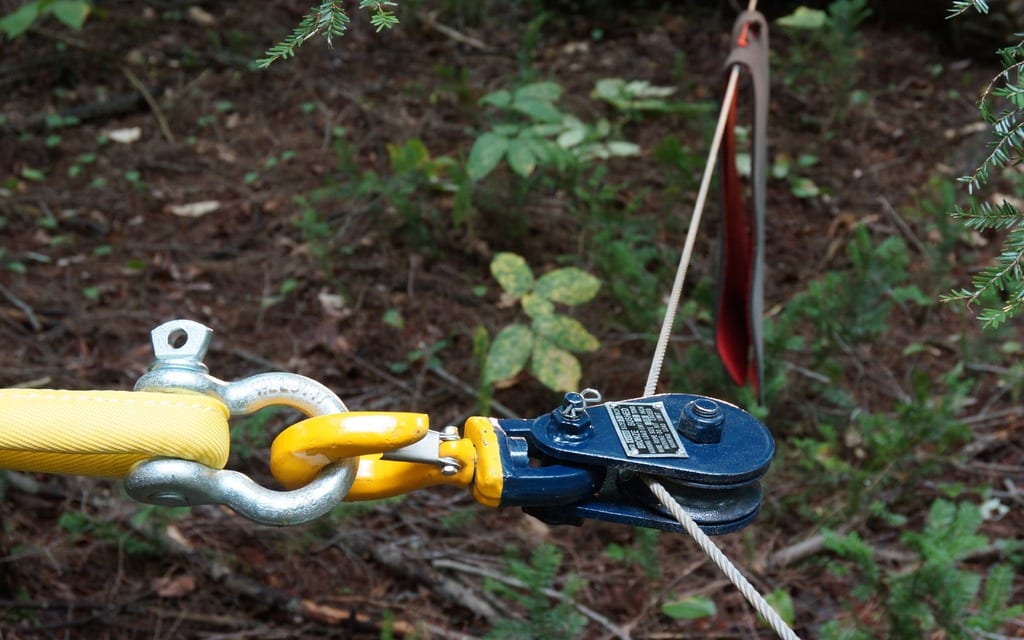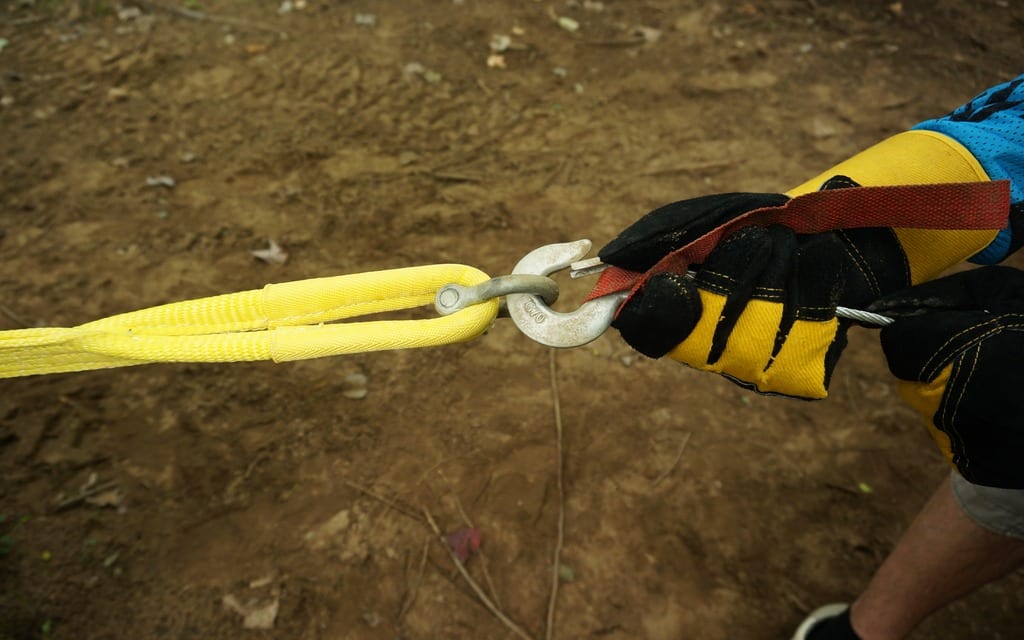I often hear my passionate ATV and UTV friends and acquaintances talk about how they choose and use their winch. Some have more knowledge than others, which gives rise to discussions where each participant comes up with his own theory. There is a tendency to forget that a winch is an accessory that we must handle with caution while observing certain basic rules. In this article, we will supply some information that could help you make your choice of equipment, prepare your budget and use your winch so as to be able to exploit the maximum of its capacity.
Selecting the capacity
Our goal is not to get bogged down in technical details about the fabrication of a winch, so we’ll try to go straight to the point. Too many ATV enthusiasts believe that a winch with a capacity of 1 360,7 kg (3 000 lb.) will be able to pull this weight in almost all situations.
For starters, the weight information found on winches relates to the maximum capacity in the first turn on the cable drum. As a general rule, an average winch loses 10% of its capacity with each width of cable that wraps around the drum. So if your winch has about 6 layers of cable wrapped around the drum, its capacity will not be of 1 360,7 kg (3 000 lb.) anymore, but rather of 544,3 kg (1 200 lb.). If you need to pull a 272 kg (600 lb.) ATV, add the weight of the driver and a bit of mud increasing the resistance, we very quickly get close to 453,5 kg (1 000 lb.) or more. For those planning the purchase of a 680,3 kg (1500 lb.) capacity ATV winch forget it immediately, the risk of breakage is far too high. Ideally, I would say that a winch with a capacity of between 1 133,9 and 1587,5 kg (2 500 and 3 500 lb.), depending on the weight of your vehicle, would be the right choice. Later in this article, we will give you tips to help you maximize the capacity of your winch. One of the basic rules to remember is always to find a point of attachment as far as possible from your ATV in order to benefit from the maximum power of your winch.
Metal cable vs synthetic rope:
Synthetic rope
I often hear that a winch with a synthetic rope is more solid than with a metal cable. On paper perhaps, but for use in nature, one needs to choose wisely! Synthetic rope has many advantages but its strength versus metal rope is not equal if there is some friction on rocks for example or on any other abrasive surface. A synthetic rope is less resistant to heat, which may be developed by the winch during its use. With a synthetic rope the risk of injury in the event of failure of the rope is less than with a metal cable that absorbs much more energy. Synthetic rope is lighter; it floats, which sometimes can be an advantage to those who love water holes. Synthetic rope is also much more expensive than cable.
Cable
As with the synthetic rope there are advantages, but also disadvantages. Cable resists friction, it is cheaper than synthetic rope, but how many of us have already pricked their fingers on a frayed cable. It is very dangerous in the event of breakage which imposes the use of absorption coverage during use. In addition, it requires maintenance. It rusts but, that being said, I think that its use reduces the price of a winch, allowing you to buy accessories you absolutely need to use your winch in a safe manner, if you have a limited budget.
Accessories
The winch alone is not enough. You will need to add accessories in order to benefit from all its capabilities and use it in a safe manner. It is important to include these expenses in the purchase of a winch. Even if you choose such a renowned winch as a Warn, it will be necessary to add some equipment to it. You should therefore include a snatch block, two connecting links, two tree protection straps, a good pair of gloves, as well as one or two cable covers.
Snatch block
The snatch block has several advantages. In addition to doubling the capacity of your winch when you use 2 lines, it also allows you to be able to reach certain angles. This accessory is really very important. Too many ATV drivers do not use it, while for its price it brings you a wide range of possibilities. Mine cost 57 $, for a capacity of 1 999,8 kg (4 409lbs).
Connecting links
Connecting links allow a safe connection between the straps and hooks. There are several sizes and several prices. It is important to check the maximum weight capacity.
Cable covers
This accessory is often forgotten or unknown. It could yet avoid a very serious injury. As a stretched winch cable accumulates a maximum of energy, if it comes to break it could move with incredible speed. Cable covers are used to absorb this energy in case of breakage and slow the movement of the cable. At a sale price of about 30 $ to 50 $ depending on the model, one should remember to put the cover on the cable about 182 cm (6 feet) from the hook. If you pull with two lines, you will need two covers. If one day you find yourself in a situation where you have no cover with you, use a wet towel, a coat, a car mat. In short, anything weighing around 1 kg (2.2 lb.) could replace the cable cover.
Tree protection strap
Attaching a cable or a synthetic rope on a tree is very harmful to the tree or to your hardware. The straps are useful in many occasions, so please use them every time. Our activity allows us to appreciate nature, so we need to respect it. Furthermore, if you don’t use straps, you won’t be able to use your winch with two anchorage points at an angle.
Gloves
How many times have you pricked your fingers on your cable? I have had my share of pain, now I wear gloves; it’s more fun that way!
Conclusion
Here are some basic rules for the use of a winch. If you plan to buy one in the next few days, don’t forget these accessories, they will protect you and will allow you to enjoy all of the capabilities of your winch. Remember that the maximum weight capacity indicated on a winch is for the first layer of rope around the drum, each additional layer of rope/cable weakens this figure, a snatch block will help you maintain this capacity. Let the vehicle engine run in order not to discharge your battery and always be careful.


